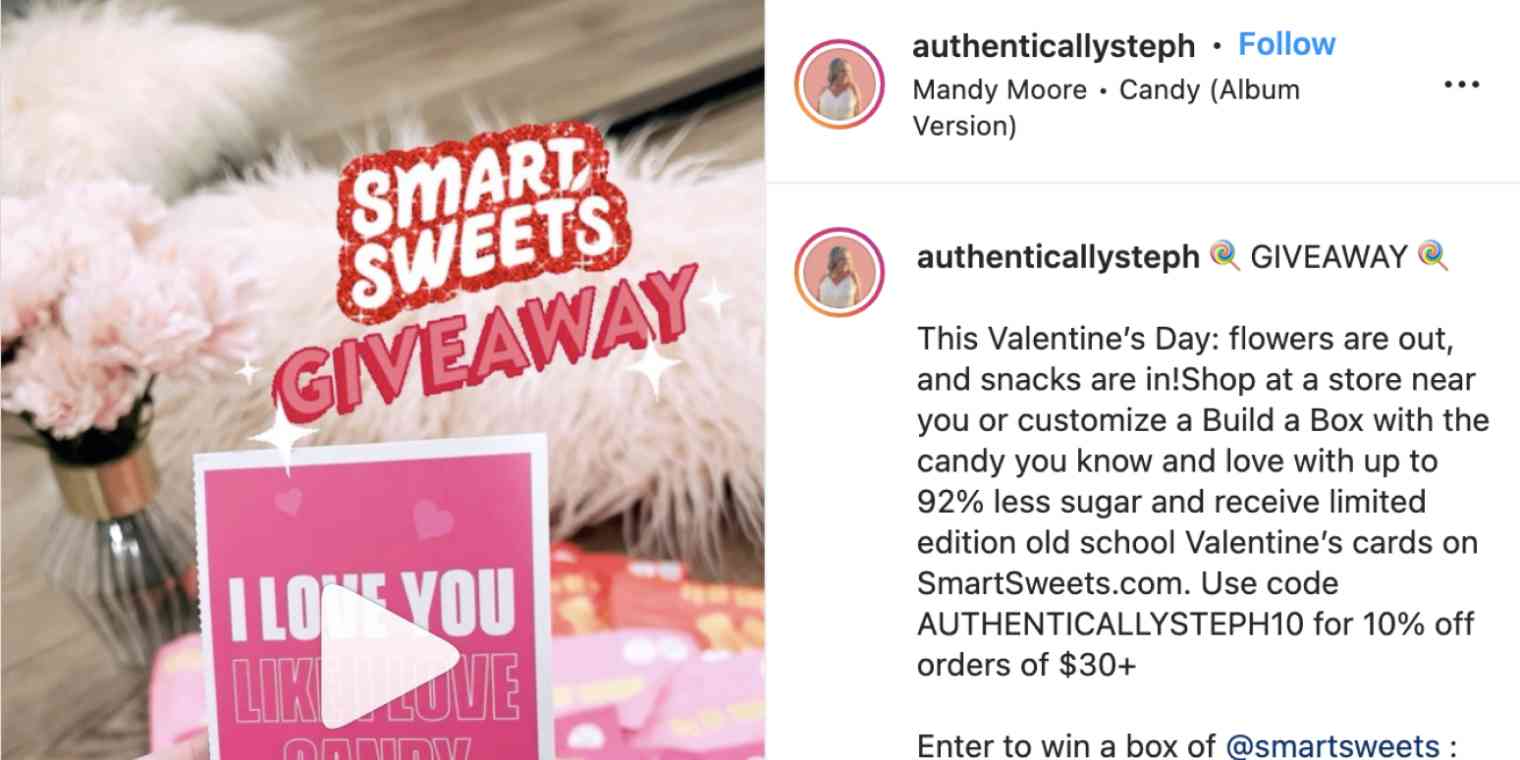With everyone and their dog showing off on social, it's no wonder we feel like we're constantly missing out. As a content creator, I'm on Instagram, Twitter, Facebook, and Pinterest throughout the day: Did my Pin go viral? Did I get more followers on Instagram? Did I miss any big news?
This is FOMO in high gear: the fear of missing out, with a hint of jealousy thrown in the mix. We're now wired to feel this way—and some marketers are capitalizing on it. While many brands rely on exclusivity or social proof, some are tapping into fear and using FOMO to drive brand awareness and sales. How? With the help of lots (and lots) of micro-influencers.
How do micro-influencers help create FOMO?
What constitutes a micro-influencer is up for debate, but they generally have fewer than 50,000 followers (some would lower this max number to 10,000). Their audience is small, but because of that, they generally have better engagement.
And brands are really leaning on these micro-influencers. Influencer Aly of What Moms Love says:
"I worked with HelloFresh back in 2018 on an Instagram campaign (post + stories). I think I had around 80-100k followers. I reached out to them recently, but they seem to be working mostly with micro-influencers with smaller followings (10-100k range)."
Because micro-influencers—and their even smaller counterparts, nano-influencers—are more readily available and generally affordable (anywhere between $10 and $500 for a post on Instagram), it means you can use more of them.
And that's just what brands are doing to create FOMO: working with dozens, hundreds, or even thousands of micro-influencers to push products. If seemingly everyone you follow is promoting something, you can bet the FOMO will be real.
3 brands that work with micro-influencers to create FOMO
1. SmartSweets' #kicksugar campaign
SmartSweets—a candy brand that claims to have 92% less sugar than traditional candy—launched in 2016 and used ads and micro-influencers to kick things off. They created the #kicksugar campaign (a social campaign originated by the owner, Tara Bosh, and her commitment to kick sugar but keep candy) for Facebook, and ran ads about it.
But it really took off on Instagram, with the help of thousands of micro-influencers offering giveaways. Take a look: Authentically Steph's ad showcases the giveaway to her 14k followers with a Reels video.
With an Instagram search showing over 20k posts for #kicksugar—many of which offer a giveaway—it's pretty clear that SmartSweets was turning up the FOMO. And it worked on three levels:
Everyone was talking about it (see: micro-influencers).
Giveaways got people to tag other folks, which spread the FOMO around. (And anyone who wins the giveaway will promote it even more.)
Giveaways expire—you'll miss out if you don't act now.
It's clear Tara is invested in this strategy: she even has an influencer signup page on the SmartSweets site. This cooperative approach creates ambassadors helping praise SmartSweets all over Instagram.
2. The Always Pan from Our Place
Based on the press coverage, you'd think everyone on the planet owns the Always Pan from Our Place. And this is precisely what Our Place wanted: FOMO to the nth degree. The Always Pan—eight pieces of cookware in one pan—is even dubbed the Instagram Pan, as content creator Linsdey exclaims on her feed.
Wife-and-husband team Shiza Shahid and Amir Tehrani developed this cult item in 2019. Just like with SmartSweets, they launched Facebook ads to get started, but the Always Pan made the most headway on Instagram.
Our Place relied on user-generated content and micro-influencers to promote the Always Pan, having folks showcase the pan as part of their everyday lives. Whether a user was in a one-bedroom apartment in New York or a mini-mansion in Texas, these promoters made the Always Pan look relatable. (Notice the coupon code in there too.)
These promotions did something else for the Always Plan—it got them media placements. The New York Times article about it (which, to be fair, doesn't have the best things to say) even specifically mentions that the article is being written because it showed up all over their Instagram feed.
3. HelloFresh
HelloFresh is a meal kit provider: you pick a plan that suits your lifestyle, get your delivery in a box with pre-separated items and a recipe card, then cook (and eat!).
But I probably didn't have to tell you that because I'm guessing you've heard of them. They initially dominated this industry with video ads for Facebook and Instagram. But it was hiring micro-influencers to kick off campaigns like #refreshwithhellofresh or #hellofreshpics that ensured HelloFresh was everywhere.
The hashtag campaigns for HelloFresh have garnered over 120 million posts, and the company used the help of micro-influencers to share and promote their brand to busy families. Micro-influencer and mom Lauren Hansen partners with food and shopping companies, and her small-but-dedicated audience is gushing over HelloFresh.
By targeting a specific audience (parents trying to cook quickly but deliciously for their kids) and using micro-influencers who are that audience, you build trust—but you also build FOMO. If all these other relatable people on Instagram are able to cook a family dinner like that…why can't I?
Having hundreds or thousands of micro-influencers promoting your product or service might seem like overkill—but being "overly sponsored" like these three brands has only helped get their product to the masses quicker. It all starts with micro-influencers who can pack on the FOMO, ignite the discussions, build engagement, and finally, make the sales.





